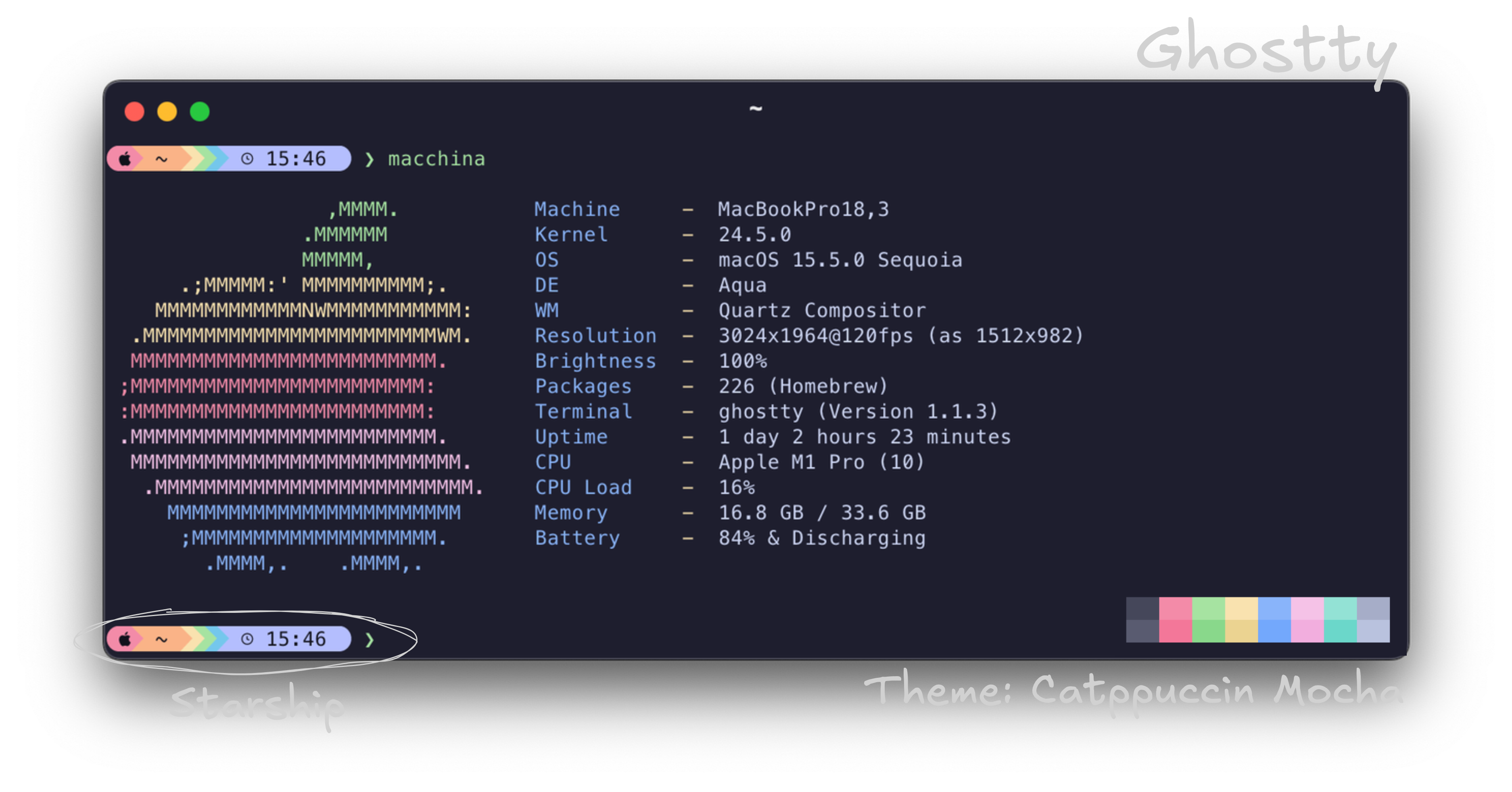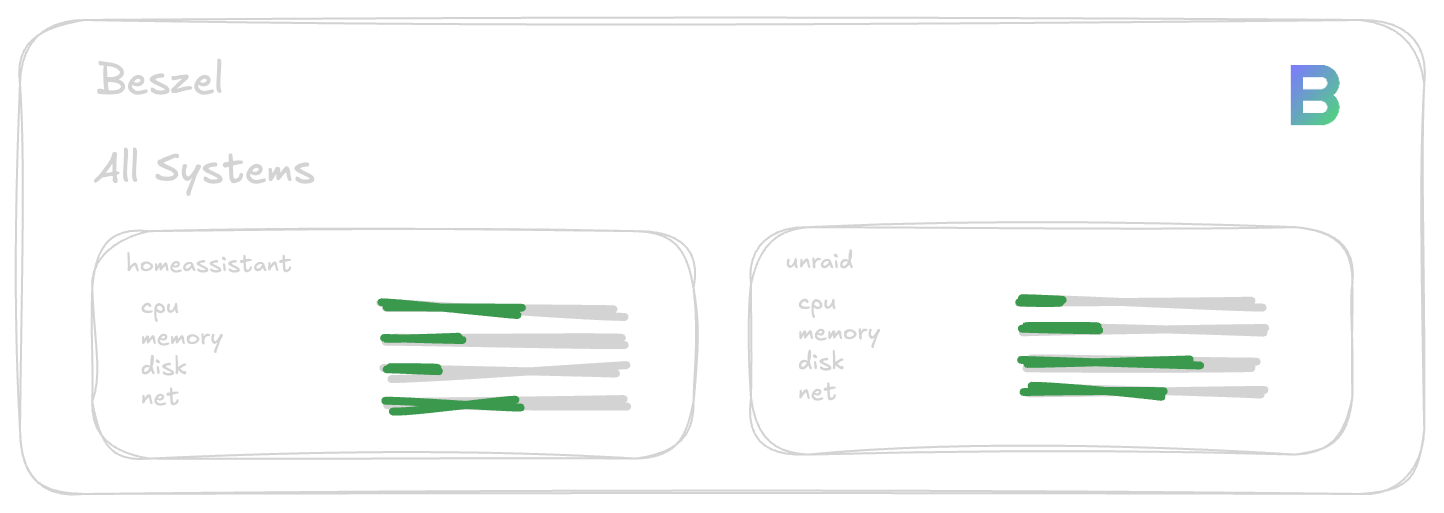Automation addict. Self-hosting enthusiast.
- Expect scripts, setups, and stuff that breaks (then gets fixed).
- Running on Unraid, built with GitHub Actions, shipped in Docker.
Automation addict. Self-hosting enthusiast.

Took some while, but I’ve settled into a workflow that balances flexibility with structure (and actually works for me). It covers the whole process — from capturing ideas on the go to publishing posts on this blog. This isn’t a deep dive into any one tool, but more of an overview of how everything fits together. Step 1: Hoard Ideas in Karakeep Whenever I see something that looks cool (usually while tinkering with my homelab, checking Reddit or running into a problem and searching for a solution), I put it into Karakeep. Usually I don’t even read through them at first - filtering comes later. ...

Automatically Updating Versions in GitHub Actions Using Renovate Everyone starts off by never pinning their versions, relying on :latest till the day some dependency pops up and fucks whatever you are deploying. Afterwards, you start following best practices but encounter why so many people follow bad practices - like :latest. Manually updating dependencies is a pain in the ass. Usually Dependabot does the job. And it would probably do here as well. But a while ago I started using Renovate at work and I became quiet a fan. ...

TL;DR: Don’t do anything illegal. Jump to the Totally Legal Use Cases section for all the cool legal use-cases. Intro In Part 1, I walked through building my Unraid server — migrating from a mini-PC and laying the hardware foundation for a reliable homelab. The goal: build a flexible, automated media server that runs cleanly and requires minimal manual intervention. In this post, I’ll cover how I automated everything using Docker, Trash Guides, and a suite of containers — including Plex, Jellyfin, Sonarr, Radarr, and more — all working together to provide a seamless media experience. ...

My Terminal Setup: Zsh, Ghostty, Starship and Catppuccin As nerds, the terminal is where we would like to spend most of the time. It’s where we build, deploy, and explore. But it’s not always that easy. A well-tuned terminal isn’t just about aesthetics; it’s about efficiency, clarity, and making every command a little more enjoyable. This is what I use (at the moment, might change in a week). Ghostty: Minimal, Pretty and Fast I’ve been on iTerm as long as I can think - okay, just 3 years ago when I got my first MacBook. It served me well and I can recommend it without hesitation. But sometimes one likes to try out something new. But only one got stuck after trying it out for a few weeks. For me, that was Ghostty. ...

Why Excalidraw is perfect! Initially, I thought I found a gem. Easy to use, not bloated, unique style and open source? Too go to be true. But after using it I’ve noticed it more in the wild. And after using it for a few months I understand why. What’s so great about diagrams and graphics? Unlike other DevOps-sy people, I actually like writing documentation. Both in my Homelab but also at work. What I don’t like is boring, shitty documentation. For me, that means to break up the text with things. Does not have to be anything impressive, but a little code block or a picture goes a long way. Especially if it helps understanding the subject of the documentation. ...

Why I use Beszel for monitoring my Homelab When it comes to Homelab tinkering and DevOps projects, monitoring is a must — but I’ve don’t want to spend hours setting up/maintaining tools just to know if a VM or container is online. After testing solutions like Grafana/Prometheus or Glances, Beszel has become my favorite lightweight option. It’s simple, fast to deploy, and does exactly what I need without the overhead. ...

Before we start Make sure you have: Go installed (for Hugo) Hugo installed A GitHub account Create your site First step, open your terminal of choice, in my case that’s iTerm2 and think about what you wanna call your website. In my case and in all the following examples that will be blog. After running the hugo new site command with the --format yaml flag (I prefer yaml over toml whenever possible) hugo creates a new directory with pretty much everything you need. Change into that directory and create a new git repository. ...

Finally a solution to a long lived problem Sometimes working in DevOps means tackling problems in a less then ideal way. Sometimes it’s because of a lack of time, sometimes it is because there is just no better solution to it. For me that problem was having a second container in a pod acting independently from the “main” container. Before Kubernetes introduced actual sidecar containers, the sidecar pattern was implemented using regular containers in the Pod’s containers section. The problem was that all containers (including the sidecar) shared the same lifecycle, making it hard to manage startup and shutdown independently. ...

Battle of the Dashboards: Homepage vs. Homarr vs. Heimdall For a lot of people functionality is king. But anyone who read my Unraid Server Guide knows that a consistent design is almost as important in my opinion. In the world of homelabbing, a good dashboard is more than just eye candy — it’s your command center. Whether you’re tracking services, monitoring uptime, or just flexing your setup, a dashboard ties it all together. ...

Introduction: My Allrounder Server As a DevOps Engineer and homelab tinkerer, reliable and flexible storage and a central platform to run services on is essential. That’s where a home server comes in! Initially I just wanted something to run Home Assistant on. But after the streaming landscape got more anti-consumer with every new platform, introduction of ads in lower price tiers, the nth price increase and the overall low bitrate of content, I had to look for something that could host and play media as well. ...